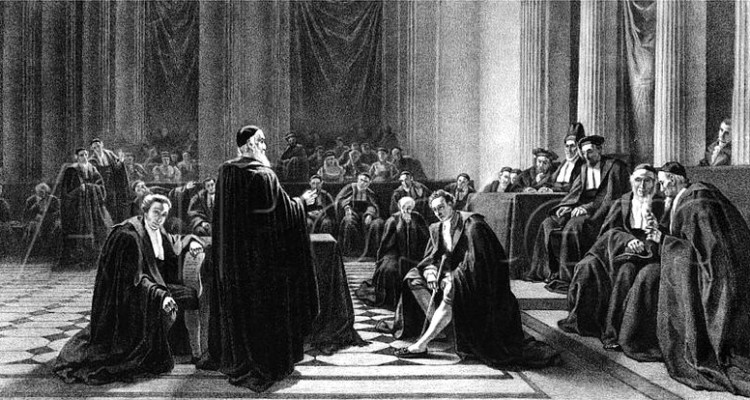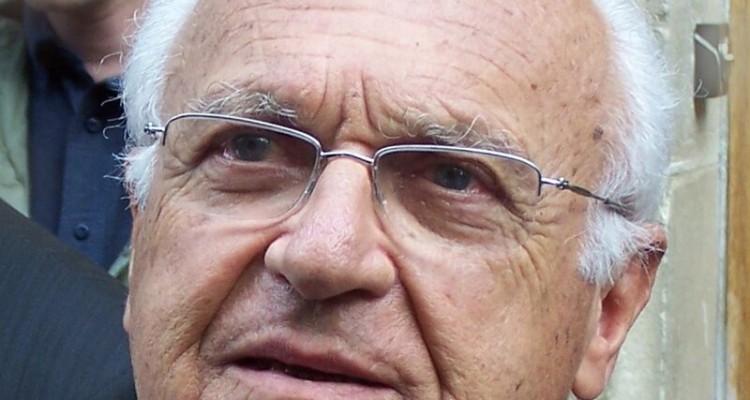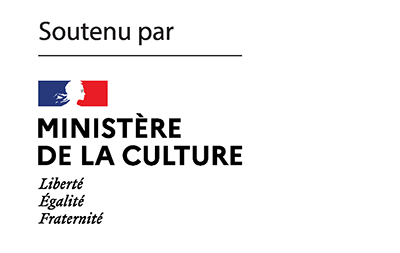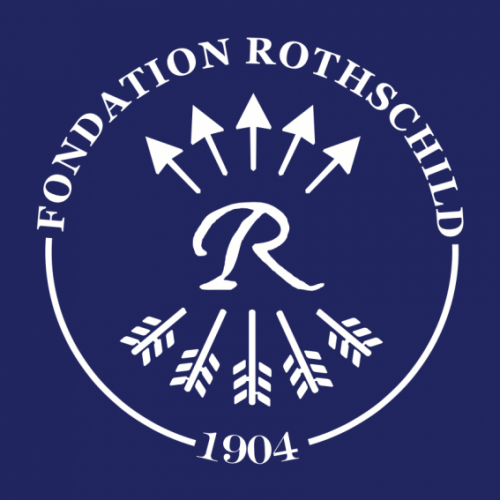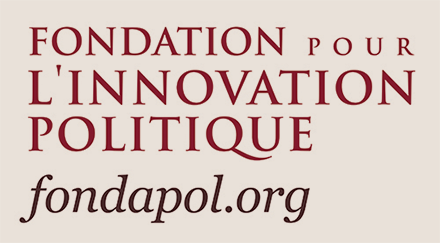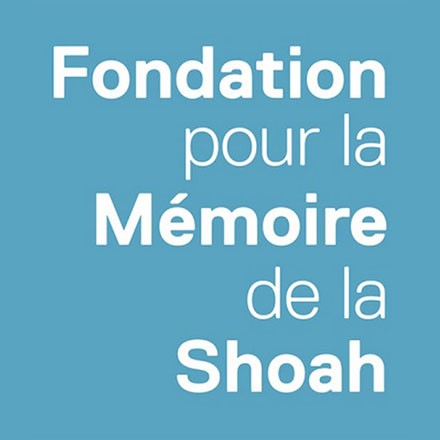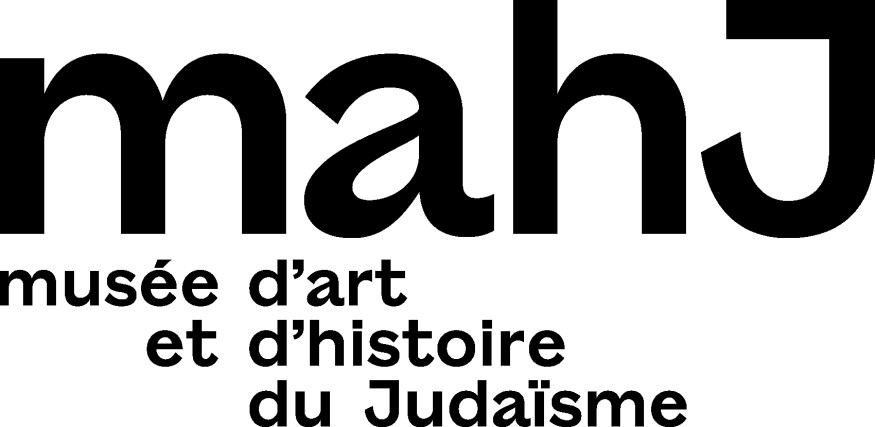In February, we published a text by Gabriel Abensour lamenting the half-heartedness of Franco-Judaism and its disarray due to the neglect of its spiritual heritage, particularly its Sephardic one. David Haziza responds here, in the form of a “moderate and amicable critique”. While he agrees with Abensour’s observation of a loss of the vital forces of Judaism, he doesn’t attribute it to a colonial disdain for Sephardism, but rather to an attempt to make Judaism modern and presentable.
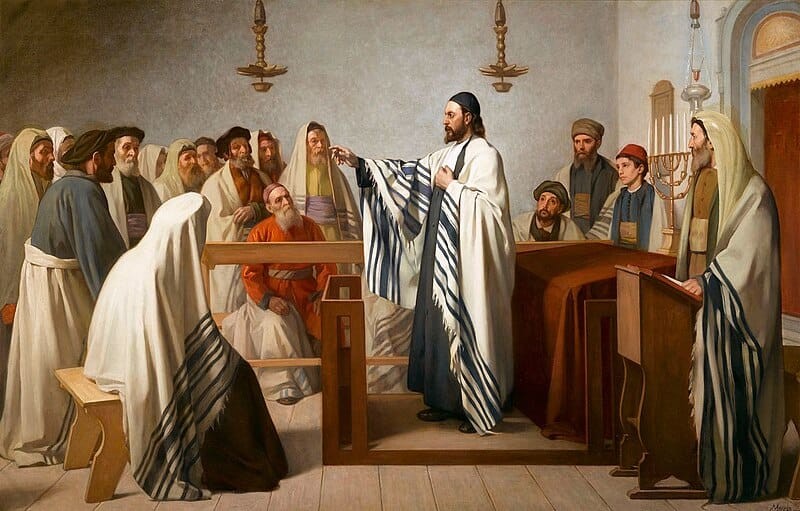
Dismay. This word best expresses our feelings about the mess French Judaism is in at the beginning of the 21st century . It is to Gabriel Abensour’s great credit that he has gone even further, gracing us with his endless Franco-Jewish nostalgia – that of happy days that never really were – and suggesting that, in fact, the rot has already set in.
Certainly, the international influence of Levinas and Derrida honors us, as does that of Mopsik in the field of Kabbalistic studies. As for a Neher or a Gross, or even a Gary or an Albert Cohen in the literary field, if these authors remain little known outside of France, the fault lies with those who don’t read them, and certainly not with the quality of their works. The fact remains that our “community” life is languishing, as is the consistorial training of most of our rabbis, who, with a few exceptions, are not known outside our borders – if they are known at all within them. To quote Abensour, it’s true that “the only French rabbi of the last fifty years… to have been translated into English and Hebrew is Delphine Horvilleur”, who officiates precisely outside the Bonapartist institution, while “no consistorial rabbi has an echo within the rest of the Jewish world”, in Europe, Israel or America. Abensour is also right to point out, by way of comparison, that “English Judaism, which is less than half the size of France”, amazes with the quality and diversity of its study, as well as by that of its liturgical tools: just think of Jonathan Sacks’ Siddurim and Machzorim, through which hundreds of thousands of Jews today follow the religious service. There are certainly not as many French-speaking Jews as English-speaking ones, but between France, Belgium, Switzerland, Montreal, the large number of French-speaking families in Israel, and even Jews quite capable – and willing – to read in our language elsewhere in Europe if not in America, there would be plenty to do: nothing, or almost nothing, has been done.
The fact remains – and it is in this detailed observation that the strength of this text lies – that Consistorial Judaism in 19th century was itself essentially “half-hearted”, in no way comparable to what was being done in Germany, to say nothing of Poland and, more generally, Central and Eastern Europe. It’s no coincidence that the only French-speaking rabbi living at the time whose thought was truly original, daring and generous, was probably Élie Benamozegh – an Italian Jew of Moroccan origin, French-speaking, yes, but French, no.
Half-hearted is the word Abensour uses, and there’s no better one. On the left,” he writes, “reformist claims were stifled by authorizing a few meager modifications within the cult, such as the use of the organ in the synagogue. On the right, Orthodox fears were appeased by avoiding any bold decisions. It seems that by this time, Franco-Judaism had resigned itself to the position it occupies today. Not innovative enough for the Reformers, not traditional enough for the Orthodox, it simply found itself in a position to play a representative role”. Not only do I subscribe to this diagnosis, but it is in its name that I will allow myself a moderate and friendly critique of Abensour’s courageous text.
A touch of orientalism
I’d like to qualify a first point, that of the “colonial” contempt for Algerian Judaism held by Ashkenazi, consistorial rabbis. I’m three-quarters Ashkenazi myself, but it was my paternal grandfather, a Jew from Algeria, who introduced me to traditions and rites that, without him, I would probably have ignored until now: Indirectly, it was also he who encouraged me to take an interest in other traditions, related to his own, namely those of Ashkenazi Judaism, ultimately constructing for me a kind of hybrid ipseity. Or rather a being as profoundly Jewish, I’d say, as I am indifferent to these rather silly separations. I take no pride, even in the spirit of contradiction, in being, with some, of “Ashkenazi culture”, with others of “Sephardic culture”. I’m Jewish, and that’s all.
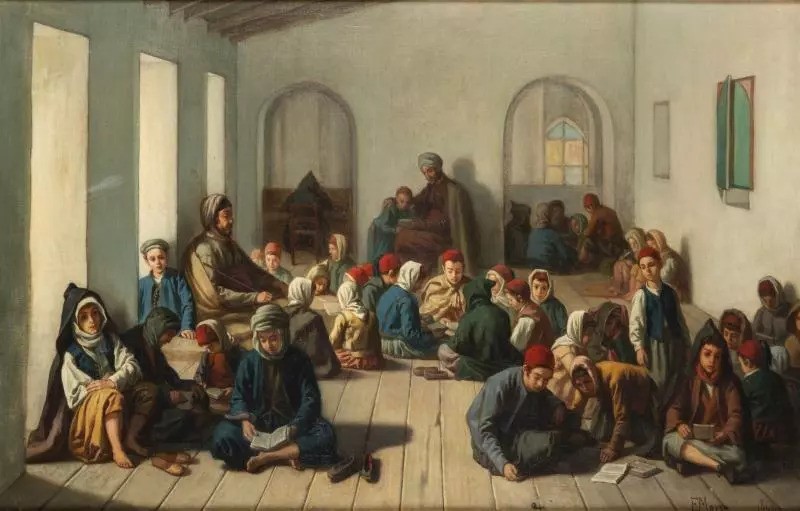
As our family was of Moroccan origin – like many Jews whose ancestors moved to Algeria at the time of the Crémieux decree – and from Tlemcen, of modest social standing. All in all less “assimilated” than other Algerian families, these traditions could have been instilled in me because they had lasted longer in our family than in most “Pieds-Noirs” Jews. To put it another way, we were never actually Pieds-Noirs: the Hazizas were as deeply French as they were Jewish, but as I see it, their Jewishness was not a matter of compromise.
I remember my grandfather blessing me at Mimunah[1], equipped with the ear of wheat and curdled milk. The first Hebrew letters I had before my eyes were those of the blessing of spices and scents, copied at his request because it was while pronouncing these words that his own father, my great-grandfather, had died. I had to breathe the tunes of Sephardic Piyutim before those of Klezmer (or classical) music, with the slightly tribal fragrances of my grandmothers’ cooking – which I managed to recreate in many ways, alongside gastronomies that I later learned to cherish, French, Italian, Polish. In a nutshell, I live and breathe this tradition and it lives and breathes me, and have done so since childhood. And yet, it took me years, even more than Abensour, to reconnect with the beauty and audacity of Sephardic Judaism – not the Judaism of Maimonides, Ibn Ezra or the Kabbalists of Castile, but the Judaism of those small communities in North Africa that I had so long ignored, their ancestral vitality, notably through a perfect knowledge of Hebrew grammar and the Bible itself.
Now, this ancient ignorance that I confess today, I owe not so much to colonial contempt (although this does exist, and the “superiority complex” of Ashkenazim who are generally ignorant of their own culture – starting with Yiddish – saddens me to no end) as I do to the attitude of my grandfather himself and his brothers. Far from being “ashamed Sephardim”, they tasted, as I said, through their attitudes and all the gestures of their parents, the Arabic language of their forebears. But they were haunted by memories of the Old Country’s rabbinical mediocrity – a mediocrity mingled with unbridled brutality towards the kids they were then. Seventy years later, he laughed about it, yes, but he had no nostalgia for that Judaism, nor could he. Rather, as I understand it, he had developed a singular, almost antinomian approach to it, which I have sometimes encountered in other Jews of that generation and background: right up to his death, he cultivated a lively, free Jewish conscience, cherished a certain Jewish aesthetic – particularly Sephardic – but could never tolerate what he called the “mumbo jumbo” and “gibberish” of the rabbis.
I mention these facts because, years later, when I came to do some research into the history of Algerian Judaism, I came across texts expressing the consternation of the Consistoire’s envoys in the 19th century – in the years leading up to the Crémieux decree – at what they described as a vast dumbing-down. The language is colonial, yes, and it poorly masks another mediocrity, that of the bourgeois Franco-Judaism of the time, which I recognize with Abensour – but my grandfather and his brothers would nonetheless have subscribed to the very purpose.
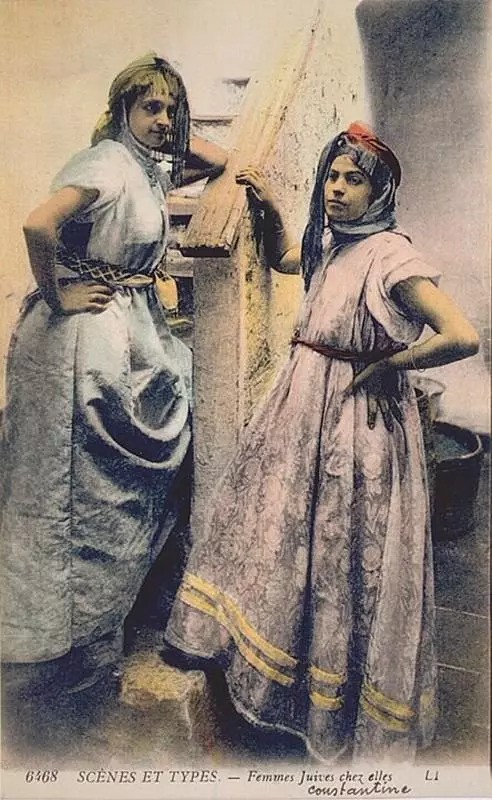
One point in particular caught my attention during this research: the unanimous observation, expressed for example in a “general report” presented to the Central Consistoire in 1850 by the Chief Rabbi of Algiers Michel Aaron Weill, that the Jewish woman of Algeria – although better treated than the Muslim woman, not being “obliged to veil her face to shield her from all prying eyes” – were by no means free.[2] Weill, who is undoubtedly a man of the bourgeoisie, jokingly remarks that in Algeria the mistress of the house is not really one, as her place is not at the table but in the pantry. However dated this implicit pride in belonging to a world of perfect hostesses and salonnieres may seem to us, should we reproach him for his sense of injustice and disgust? Similarly, when he adds that “if the birth of a son put the father in a state of jubilation, the birth of a daughter was more often than not a subject of desolation and wrath for him”, we know, alas, that he is right: this desolation and wrath were still shared by many Algerian males of my grandparents’ generation, as was, a contrario, the silly pride, among others, of “only making sons”. In their 1998 survey, Joëlle Allouche-Benayoun and Doris Bensimon still mention this.[3]
Weill goes even further. He notes that the contempt for women went so far as to deprive them of any education, and that “what is surprising is that in the midst of such deeply religious populations, they didn’t even teach them religion, they didn’t even teach them to pray to God. A few superstitious practices, some observances of purity, that was all she knew of the worship of the true God”. Here again, I noticed that this remained true right up to the generations close to mine. My grandfather and his brothers knew their prayers; their sisters didn’t, and they had never been taught even the rudiments of the Hebrew alphabet. This, by the way, is how Judeo-Arabic had to perish, while Yiddish, a women’s language if you will,[4] thrived on the relatively good education they were graced with in Central and Eastern Europe – at least from the simple fact that they learned to read! (Not, of course, that the fate of Hasidic girls was particularly enviable then or later: in other respects, the same problem of undereducation was found in these circles – and the same criticism, justly vehement, from enlightened Jews.)[5]
The Jewish women of Algeria went from complete illiteracy to La Fontaine, Molière and Victor Hugo: if their Frenchness triumphed, their Jewishness was partly sacrificed, but that’s the fault of their fathers, who despised them, and not of the school of Ferry – or of Chief Rabbi Weill. In fact, there’s a whole history to be written – but can it really be written – about these women, these Jewish women whose spiritual impulses have been suppressed, without succeeding in completely diverting them from their own strength, from their “deviant”, “superstitious”, mystical and willingly syncretic faith. My great-grandmother, a working-class native of Tlemcen, was far removed from the Algerian bourgeoisie: she wasn’t a pianist like Derrida’s mother – who was, in fact, a generation older than she was – and she certainly didn’t express herself in the perfect French of a Berthe Aboulker; she was pious, to the point of bigotry – and yet, a few years after the “repatriation”, she didn’t disdain the gypsy rites of the Saintes-Marie-de-la-Mer. In my opinion, if there’s one specific aspect of Maghrebi Judaism whose heritage has been too little recognized, it’s this: the Algerian women, the Moroccan and Tunisian exorcists in Shh’ur[6] and La Statue de sel. But this misunderstanding began with the men of that Judaism.
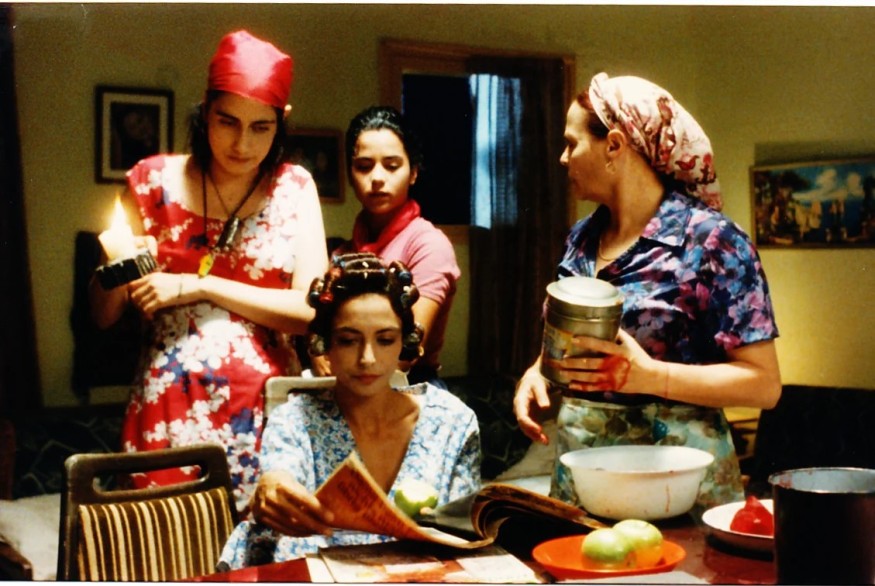
All in all, it seems to me that I’m throwing back and forth between a certain consistorial complacency – as ridiculous as it is timid – and what we have to come to terms with as obscurantism. Indeed, I share with Abensour, along with a frank admiration for some French Jews of the time – including rare rabbinical figures such as Lazare Wogue and Zadoc Kahn, more often than not, it must be said, free-spirited Jews if not complete strangers to the synagogue – the observation of the feebleness and general lack of daring that characterized this world, at any rate when it came to judging it in terms of its specifically Jewish contributions. But while I’m happy today to claim responsibility for the Sephardic solar “opening”, I don’t want to idealize everything that was happening in the communities of the Maghreb, nor do I want to equate every gesture and every word uttered by those in metropolitan France in response to the spectacle of Algeria and its Jews with colonialism, or even “orientalism” in Edward Said’s sense of the word. That’s the first point I felt it my duty to clarify.
France, the Sephardim and the Ostjuden
The second one now: Abensour seems to treat Ashkenazi Judaism as a block. Yet the 19thth century saw the clash of a Western Judaism, marked by the Enlightenment – and in particular the dual heritage of Kant and Mendelssohn – and an “Eastern” Judaism, that of the Ostjuden, stemming roughly from the former Kingdom of Poland. Among the latter, dissension was rife, and differences were as much cultural as theological. Thus, the anecdote of Rav Kook imposing his disavowal of the organ on Algerian synagogues – motivated by a founding decision, at the beginning of the 19thth century, of what has since been called “Orthodoxy” – doesn’t so much outline an opposition between the two stereotypical “branches” of Judaism as it refers to profound divergences within Ashkenazi Judaism. In this case, it’s a certain “closure” within the latter that seems to have initially sought to dominate more “open” currents, several generations before rubbing off on Sephardic Judaism by taking advantage of opportunities linked to colonization and the exiles that followed. On this subject, it’s worth reading Chaim Soloveitchik’s now-classic article, “Rupture and Reconstruction”,[7] which details the way in which, in contemporary times, particularly as a result of the Shoah’s swallowing up of Europe’s living traditions, the traditions of the Ostjuden, a certain Ashkenazi Judaism, also “Eastern”, but born in the initially very restricted circle of Lithuanian Yeshivot, has set out to replace all the others. Yes, modernity has paradoxically rigidified the Orthodox world, erasing all the variety and nuance of the pre-war religious communities! But, going back to the 19th century, who can deny that the Jews who were in favor of organ playing in the synagogue were Ashkenazi too? Abensour reminds us of this, referring to the great vitality of Germanic Judaism at the time. In my opinion, he errs a little in not always emphasizing the extraordinary fragmentation of these societies.
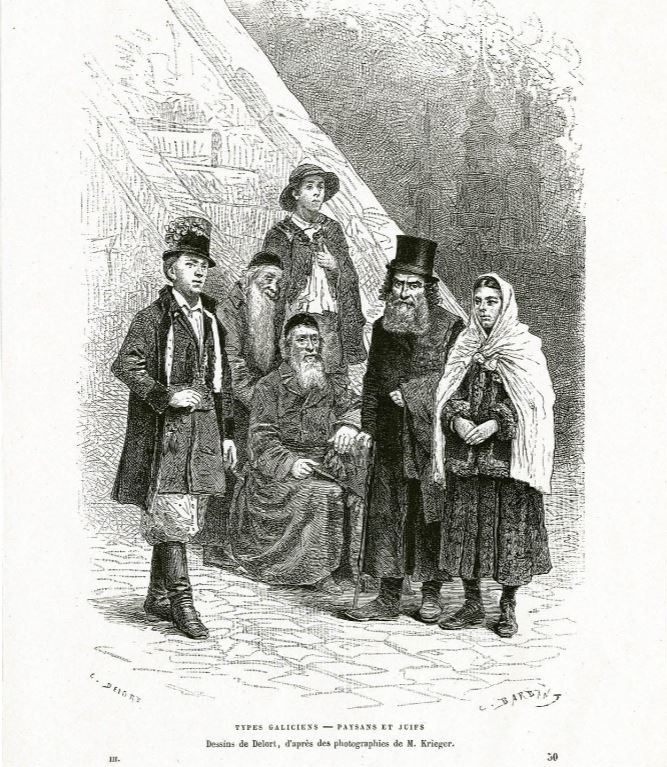
Moreover, it was not only Ashkenazi “closure” that prevailed, but also quite often, the opposite, these Enlightened ones themselves, albeit watered down, by the all-consistorial need to offend no one, as Abensour rightly points out. And these Enlightened ones, Intellectuals and Philosophers – whose name should perhaps be accompanied by quotation marks, at least as far as the institution itself is concerned – were imposed first and foremost, it has to be said, to the detriment of a whole section of Ashkenazi heritage, if not of all authentic Ashkenazi Judaism, housed under the same conditions as that of the Jewish communities of North Africa. While I find it charming that Latin and ancient Greek were taught at the Séminaire de la rue Vauquelin – and regret that those who attend it today barely speak French – I’m saddened that none of those fine consistorial figures of the Second Empire and the Belle Époque, none of these well-educated pastors (at least, at that price, one would hope), well-trained, well-French in a word, knew, if only by name, their contemporaries, heroes of a Judaism far more ardent, vibrant and alive than their own: Menachem Mendel of Kotzk, Judah Arieh Leib Alter – the Sefat Emet -, Menachem Mendel Schneersohn – the Tzemah Tzedek -, Chaim of Volozhin or Israel Salanter. Yet it’s these latter ones who continue to inspire millions of Jews around the world, who have shaped the Judaism of today – and not the ever so proper Lazare Isidor, forgotten by all those who are not obsessed with the history of 19th century neo-Moorish synagogues, or the actress Rachel, whose funeral he conducted in 1858. [8]
A Franco-Judaism in the past tense
Weill’s comment on Algerian religiosity (pre-Cremieux) will help us to understand the theological implications of this ostracism of Eastern Jews, which for me is as crucial to the construction of half-hearted Franco-Judaism as was the contempt for Arabic-speaking Jews – in fact, even more crucial. “We owe yet another mention to a branch of study which is not part of religious instruction proper, but which in these lands was more revered than religion itself: we are referring to the Kabbalah.”[9] Note this extraordinary formulation. Kabbalah, then, stands apart, outside Judaism, and it’s obviously not that, like a certain tradition – especially Ashkenazi – Weill finds it too holy to be studied by the common man: He describes its “arcana” as “tenebrous”, is amused by its “conjurations”, “exorcisms” and “amulets”, and above all rejoices that, unlike Africa and the East, “among our brethren in Europe”, Kabbalah has “long since lost all power over the spirits”. One wonders what he means by Europe, and whether he has ever heard of the Jews of Galicia, Transylvania and the Russian Home Zone, who were infinitely more numerous at the time – and more ” judaically ” significant in their existence – than the Cartesian notables of Strasbourg and Nancy.
Something happened in the 19th century: an attempt was made to sanitize Judaism, or, to put it another way, an attempt was made to turn the ancestral – “superstitious”, “bizarre”, “dark” – cult of Israel into an organized, presentable doctrine.
But precisely : contrary to the Saidian reading that I believe Abensour embraces too enthusiastically – a reading that makes Orientalism the matrix of all 19th century thinking about the other – I identify this matrix, at least in the thinking of the Jewish bourgeoisie of those years, with another work of othering, that which makes the Eastern Jew – but from oriental Europe – the very other, through his irrationality, his hysteria, his primitivism and almost his paganism,[10] of the modern Jew – who sees himself as an apostle, to paraphrase Hermann Cohen, of a “religion of reason”. And it is in relation to this repressed state that Weill and others form their contemptuous view (often wrongly, but, if I may be forgiven, rightly at least as far as the status of women is concerned) of the Jews of Algeria.
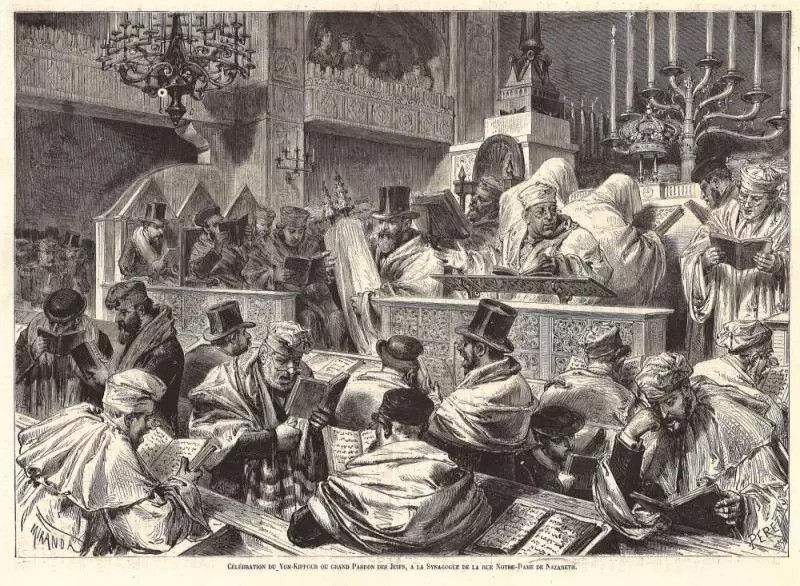
The denial of the Sephardic contribution in France was first and foremost a denial of the Ashkenazi roots of European Judaism, of its Eastern European roots. It would be appropriate to note here that Weill and his ilk were quite successful, unfortunately, in their work of erasure: while superstition remained, the “true” Kabbalah was more or less eradicated from Algerian Judaism. A remark by the great Paul Bénichou is extremely enlightening in this respect: commenting, in Les Mages romantiques, on the pseudo-Kabbalistic elucubrations of another Weill – the one called “the prophet of the Faubourg Saint-Honoré”, Alexandre – Bénichou claims, in a footnote, that such ideas on reincarnation could not have come to this author through the Judaism to which he claimed to belong and to which they were absolutely alien.[11] He apparently ignores the fact that, while not “Judeo-Christian”, the notion of reincarnation is indeed Jewish, and even occupies a central place in the Kabbalah, particularly in its Lurianic form.
But it has to be said that, by denying the Bénichou of Tlemcen access to the most sublime conceptions of Jewish mystical theology, the Consistoire’s own rabbis were first and foremost breaking with their own mystical and “superstitious” heritage: if two or three generations earlier, Jonathan Eyebeschütz was spreading his kabbalistic (and Sabbatist) amulets in Metz, where he officiated,[12] henceforth this type of behavior was seen to be reserved for the Ostjude – and the Sephardic resembled the latter all too closely, as, in fact, Weill’s strange denials prove enough.
What’s also striking is the extent to which such a statement excludes the very heart of French Judaism at the time – and, consequently, all that appears to us as a kind of conditional past, a regret for what could have been and wasn’t. Indeed, Weill writes, with palpable contempt for a field beyond his grasp, that “the philosophical restoration of these kabbalistic studies” has not been able to restore to them, in France, the prestige they retained in Algeria (or Poland). What, or rather who, is he talking about? Obviously Adolphe Franck, author in 1843 of La Kabbale ou La philosophie religieuse des Hébreux, a strange figure, both central and marginal, representative and singular, of Franco-Judaism. Breaking with consistorial conformism, Franck had, so to speak, attempted to refound, a century before Scholem, Buber and Jonas, a Jewish theology on the Kabbalah, which he understood as the true – and universal – essence of Judaism. In other words, another Franco-Judaism was possible: it did exist, but outside the synagogues, in a region that brought together Franck and, for example, representatives of Jewish “decadence” – including Proust[13] – and even, later, the artistic and poetic bohemia, whose links with “oriental” mysticism remain to be explored.
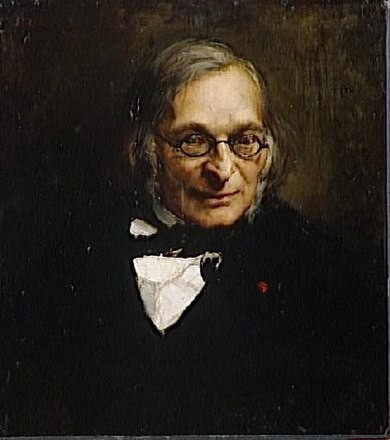
Something happened in the 19th century: an attempt was made to sanitize Judaism, or, to put it another way, an attempt was made to turn the ancestral – “superstitious”, “bizarre”, “dark” – cult of Israel into an organized, presentable doctrine. What remains is the alternative between a provincial orthodoxy on the one hand, and an “ultra-orthodoxy” with no roots on the other – each as devoid of soul and sap as the other. In any case, it’s this sanitized Torah that we called Judaism, at the cost of a gigantic loss of vitality: it’s distressing to note that this vitality has “returned” to us, like a dybbuk, in the form of a coldly “organized” superstition, rabbinized if I dare say so – by sellers of amulets, millenarian fears and ready-made Mitzvahs.
Abensour is right: the rot of our disarray was in this half-hearted, soft fruit. But the denial of Sephardic greatness – a denial that should not be exaggerated, nor should it be understood in context – was only one aspect of a wider denial, that of all the vital forces of the Jewish people, in Europe as in Africa – and in an East that began in Europe itself. To our misfortune, it was elsewhere that these vital forces subsequently flourished, when they were not swallowed up in the double exile of colonial and decolonial rule, or annihilated by the Shoah.
David Haziza
Notes
| 1 | The traditional evening at the end of Pesach, celebrated by Algerian and Moroccan Jews. |
| 2 | Michel Aaron Weill, Situation des Israélites en Algérie – Rapport général, in Simon Schwarzfuchs’ volume, Les Juifs d’Algérie et la France (1830-1855), Jerusalem, Ben-Zvi Institute, Documentation center of North African Jews, 1981, p.288. |
| 3 | See, for example, this anecdote: “Daniel A. recounts that one of his friends was happy when his first daughter was born; a little disappointed when the second arrived; and that he got drunk with rage when the third arrived, then the fourth, whom he refused to see until the tenth day…”, in Joëlle Allouche-Benayoun and Doris Bensimon, Les Juifs d’Algérie – Mémoires et identités plurielles, Paris, Stavit, 1998, p.231. |
| 4, 5 | See Naomi Seidman’s classic, A Marriage Made in Heaven – The Sexual Politics of Hebrew and Yiddish, Berkeley, University of California Press, 1997. |
| 6 | an Israeli film by Shmuel Hasfari, released in 1994, whose protagonists are Moroccan Jews. It’s one of Ronit Elkabetz’s first roles. |
| 7 | Recently published in Chaim Soloveitchik, Rupture and Reconstruction – The Transformation of Modern Orthodoxy, Liverpool University Press, 2021. |
| 8 | And that’s the only reason I’m interested in it. Let’s also say that it forever honors this character whose memory I don’t want to seem to denigrate. |
| 9 | In S. Schwarzfuchs, op. cit. 311. |
| 10 | A must-read is Samuel Spinner’s remarkable book, Jewish Primitivism, on the interest shown by Yiddish-, German- and Russian-speaking intellectuals, at the beginning of the 20th century, in the “primitive” character of shtetl Jews ; and Gabriella Safran’s work on the kinship between the latter and the “Siberian natives” in the eyes of someone like An-Ski, author of the Dybbuk. |
| 11 | Paul Bénichou, Les Mages romantiques, Paris, Gallimard, 1988, p.419. |
| 12 | See the article by Sid Z. Leiman and Simon Schwarzfuchs, “New Evidence on the Emden-Eibeschütz Controversy – The Amulets from Metz”, Revue des Études juives, vol. 165, no. 1-2 (January-June 2006), pp. 229-249. Paweł Maciejko, an undisputed specialist in Sabbatianism and Frankism, has recently worked on these documents, among others. |
| 13 | See Jonathan Freedman, The Jewish Decadence – Jews and the Aesthetics of Modernity, Chicago & London, University of Chicago Press, 2021. |
